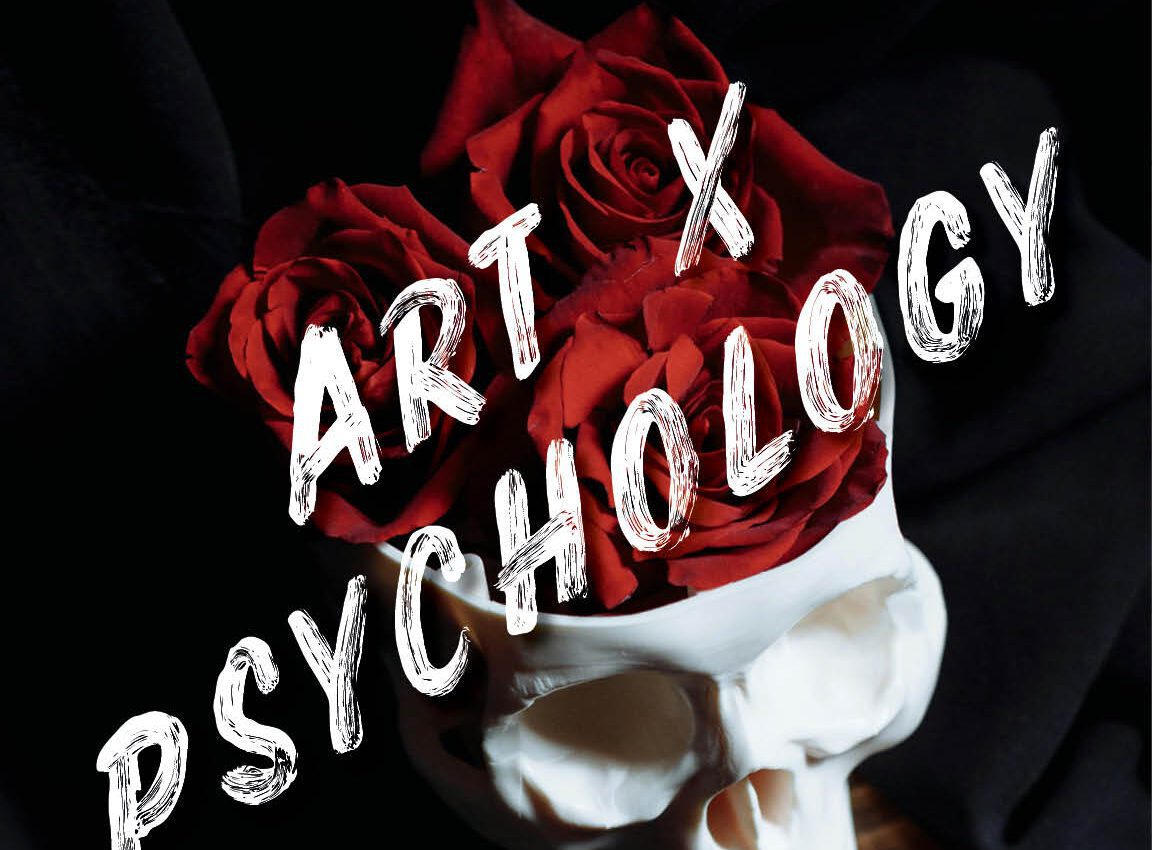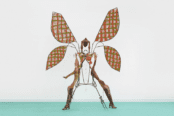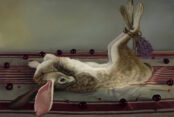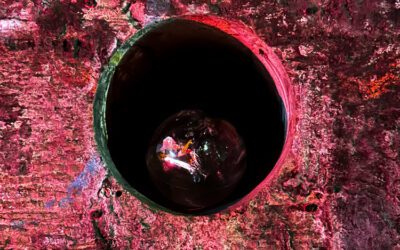For many, the idea of art and psychology being distinct is laughable. The manner in which art changes how we perceive, what we think, and our emotions, is intrinsically linked to the idea of mind. That said, the artists featured in this issue of Trebuchet are directly engaged with psychological concepts such as exoticism, trauma, identity, gestalt, masks, pattern recognition and the intersection of faces in art and in our daily lives.
Meanwhile, others throw their hands up and assert that both camps are fundamentally at odds because psychology is reductively ontological, whereas art aims for the sublime, the place where language desiccates and blows away, revealing… exactly.
One facet of particular interest is how artists have reterritorialised psychology from a variety of cultural perspectives. Indigenous Australian Daniel Boyd has used various psychological concepts in his work to unpack the past as a history connected to the present. Elsewhere, Michael Schindhelm’s immersive installation looks at how the Western gaze has fashioned a Bali that locals have a complex relationship with; tourist dollars on the one hand, over-tourism on the other. And, given that art has so often essentialised the female experience from a male perspective, it’s not surprising that contemporary female artists are critically appraising what this means — as artists working within a canon of art, and as people who use art as a means of deconstructing the assemblage of factors that create a ‘person’.
So what does it mean to be a person? Currently, the definition of personhood is both inclusive — people are freer to define themselves in Western society than previously — but also exclusive. Isn’t there also a quasi-compulsory drive to align with your ‘tribe’ in defending rights and stake social spaces? Issues surrounding these two positions (and certainly there are more nuanced and paradoxical positions to be found) define some of the more deeply contested spaces within what we might call the ‘social discourse’ of our time.
As ever, artists are exploring and playing with the complexities of the game and finding fun moments of discovery through the minefield of explosive ideas.
Trebuchet 16 : Psychology Contents
Contents
Figures on Time’s Horizon: Daniel Boyd
Wound Space: Bracha Ettinger
Making Faces: Rabia Farooqui
Can Curating Care?
Colours in Motion: Bernard Frize
Trauma & The Body: Tonia Nneji and Jamie Luoto
Modernism in Langlands & Bell, and Chalkley
Patterns and Reproductions: Psycholoigcal Music
Feminist Identities: Masks of Resistance
The Tourist Mindset: Michael Schindhelm
Inside the Pink Bear: LUAP
Profile: Dr Apinan Poshyananda
Big thanks to our partners for Issue 16:
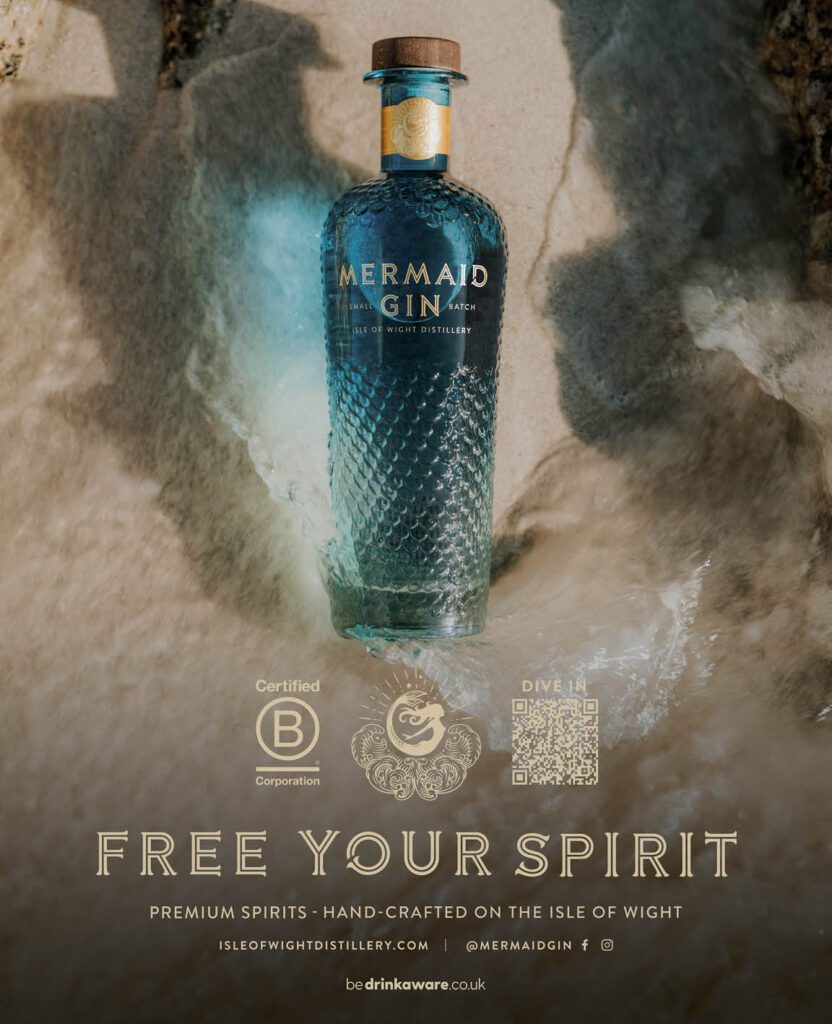
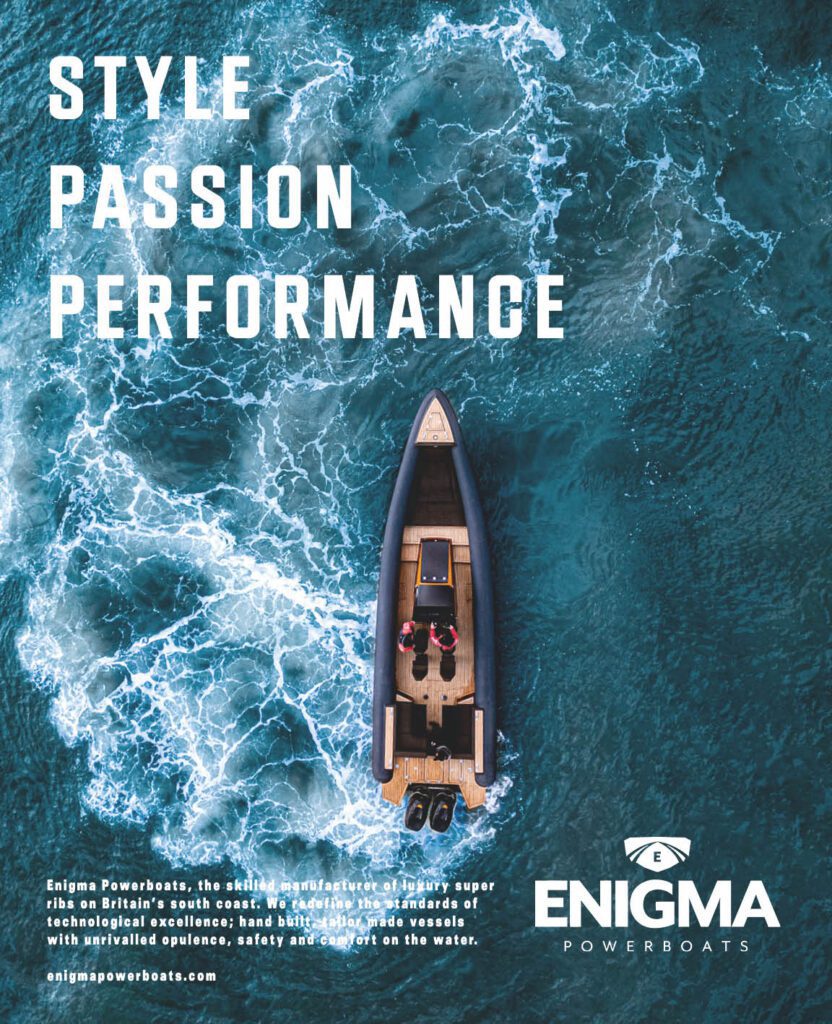
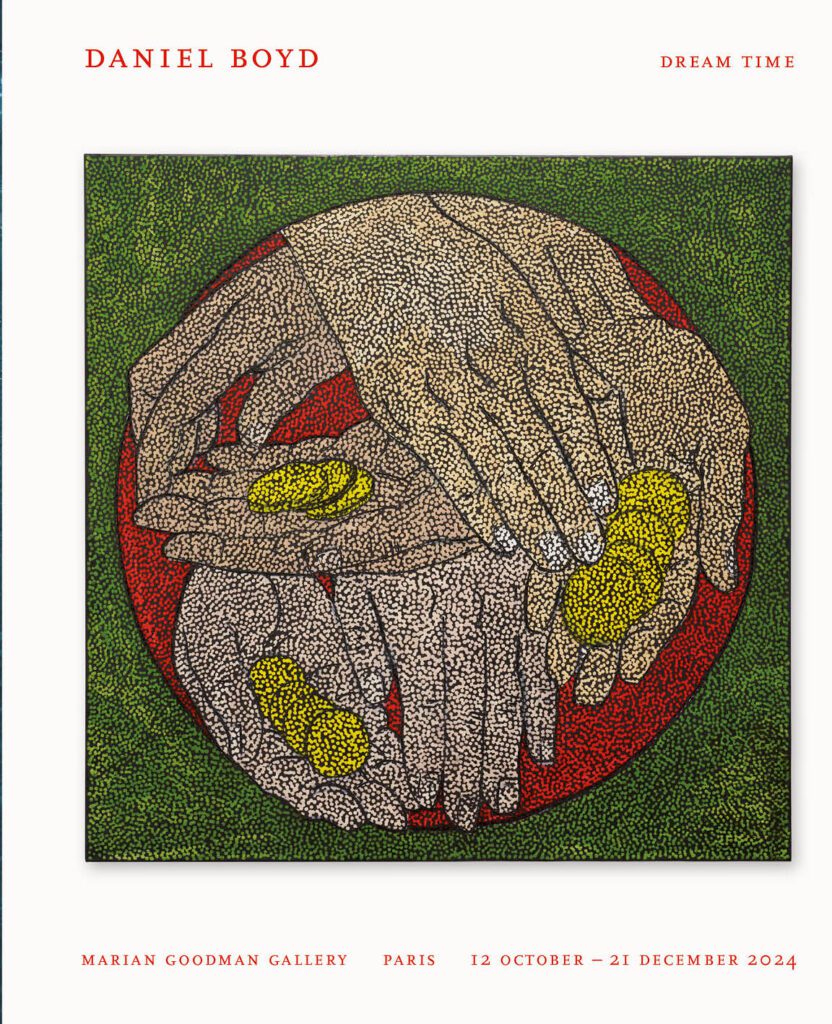

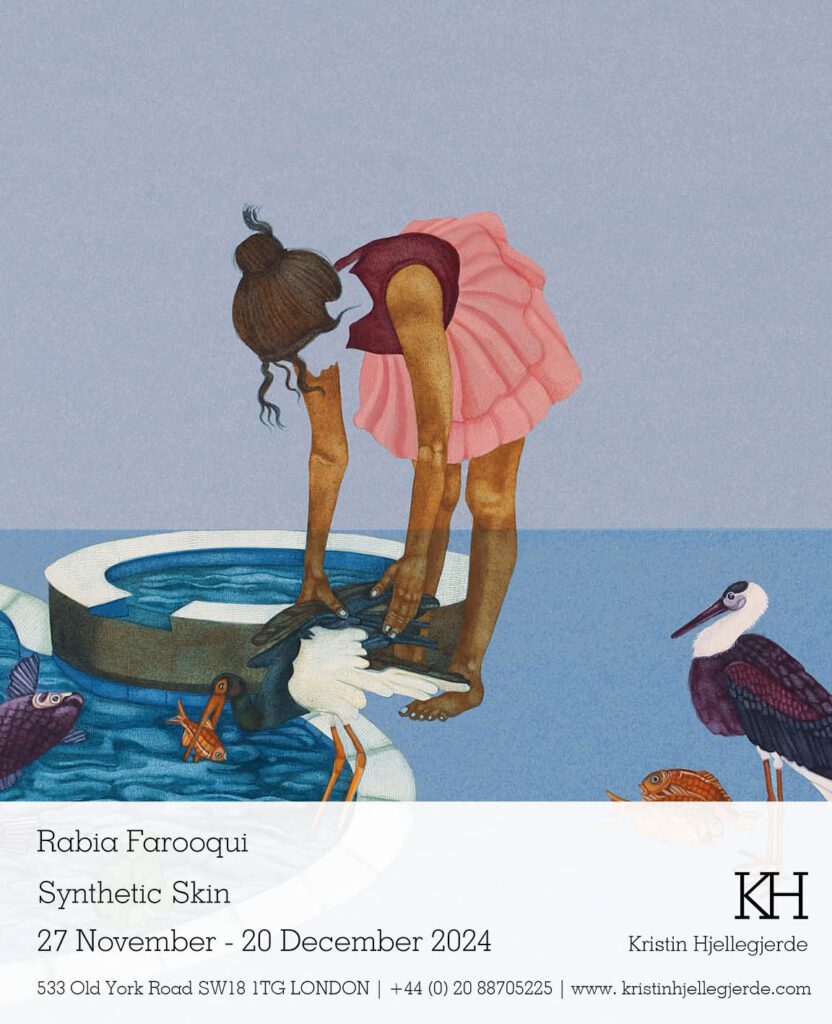

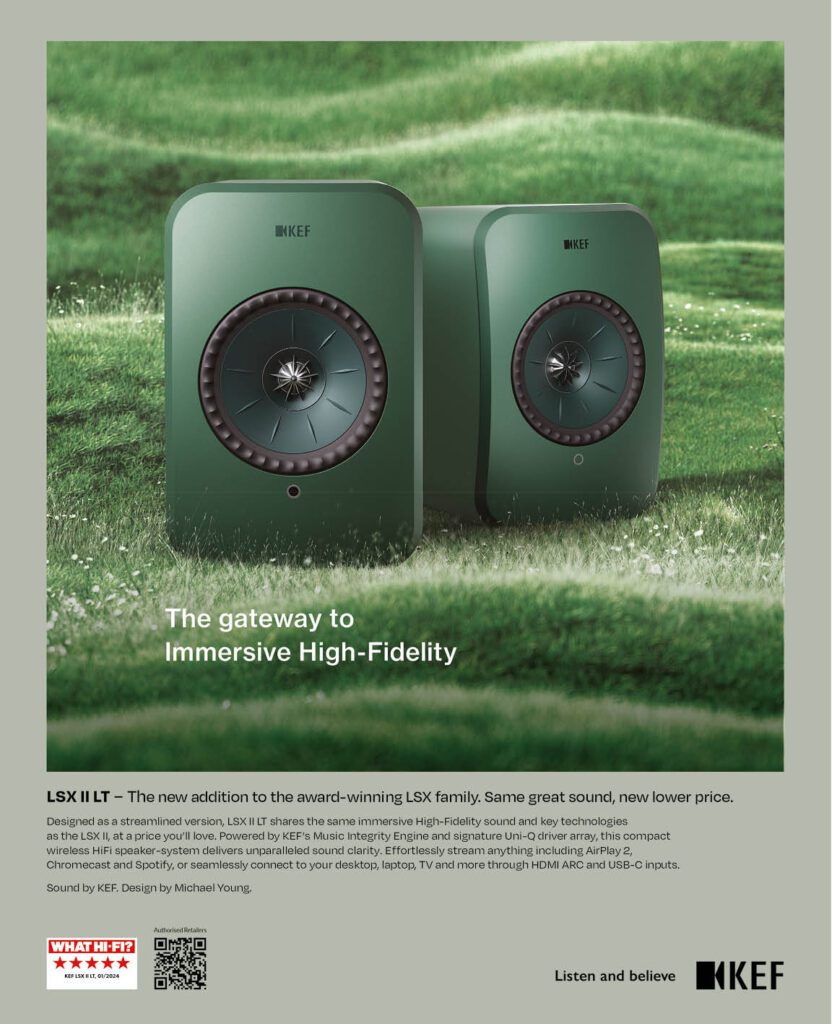

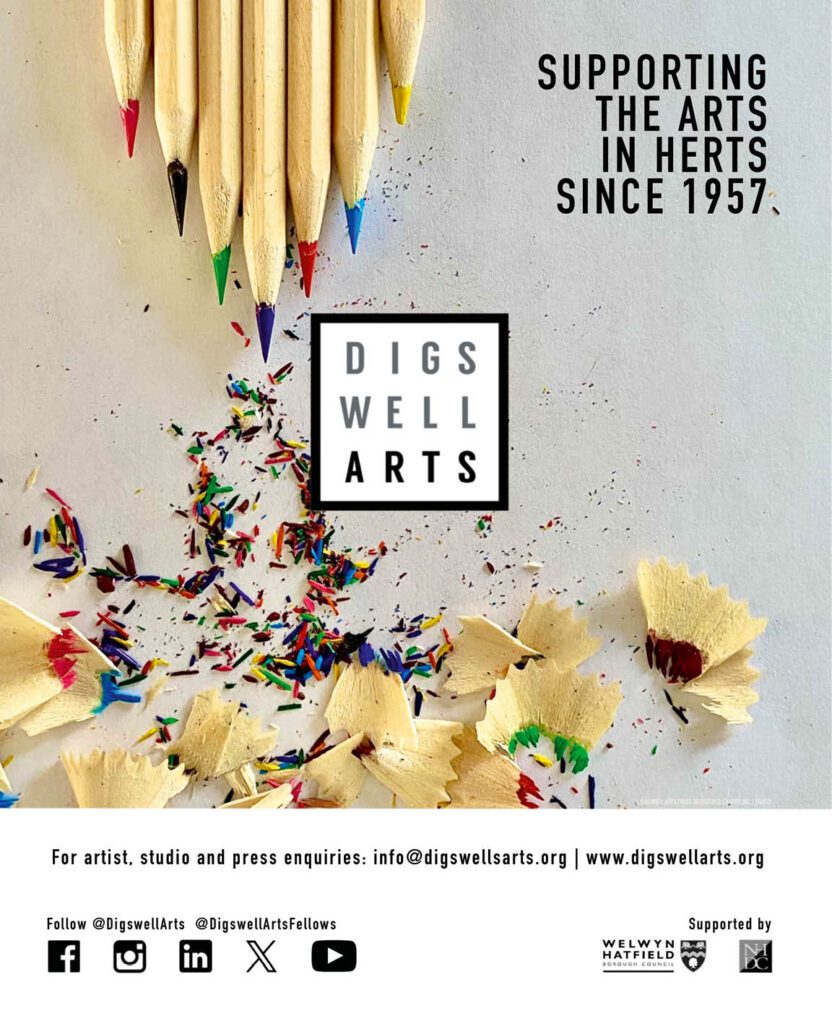
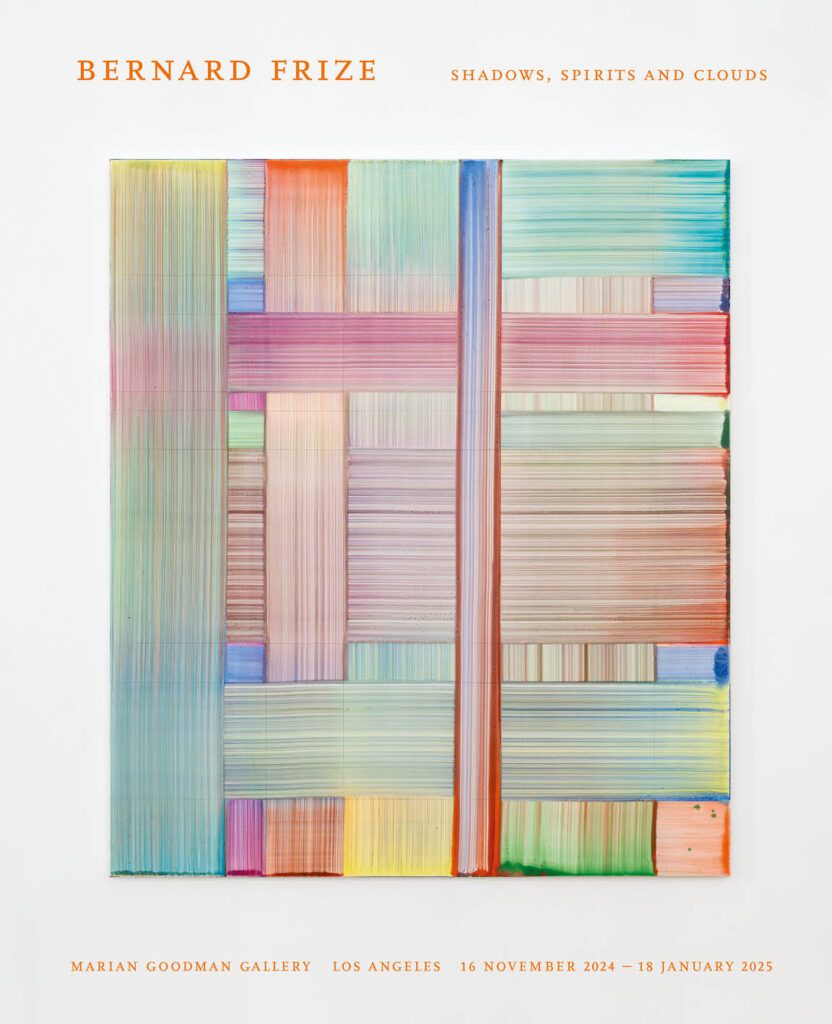

The aim of art is to represent not the outward appearance of things, but their inward significance. – Aristotle

